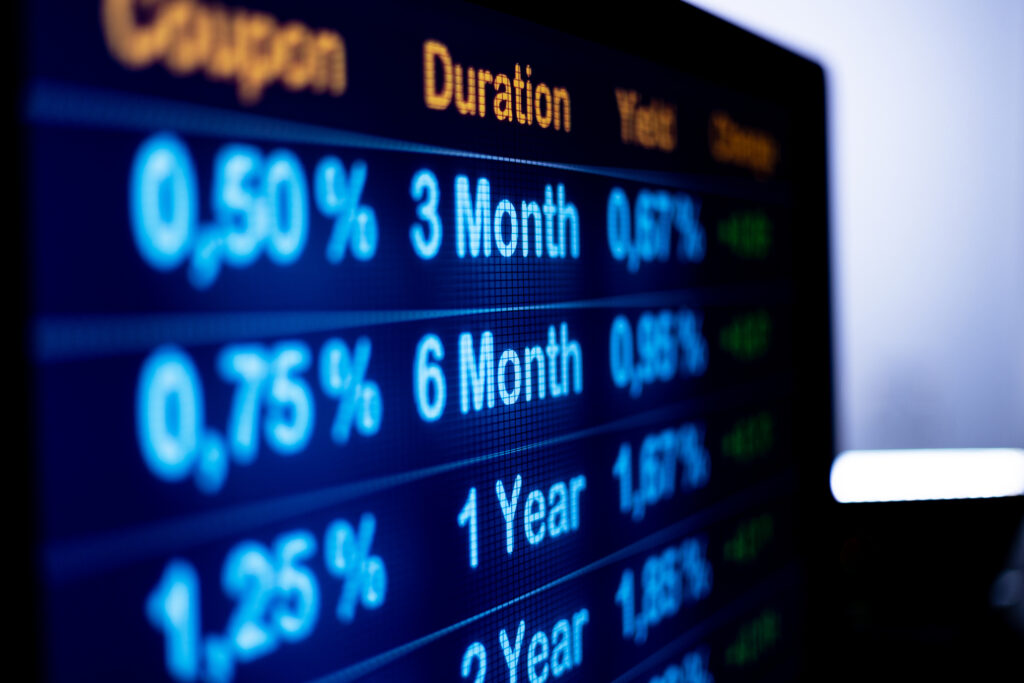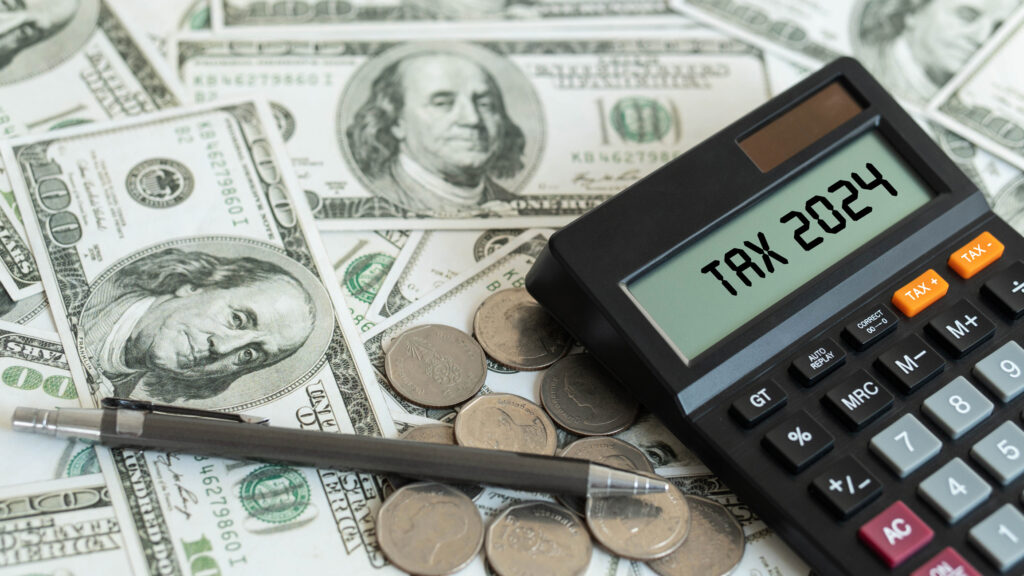Americans pay an astounding $37 billion a year in taxes, surcharges, and fees on cable TV, landline, and wireless phone calls. That translates to an average telecom tax of $250 a year from every household.
That’s hardly news to anyone who has signed up for a $49.99 calling plan only to see it morph into a $56 to $65 bill come month’s end.
Seattle residents pay slightly below the national average in total telecom taxes, paying on average nearly $244 per year. But they have some of the highest cell phone taxes in the country, with 18 percent of their bills going to taxes. This works out to about $110 per year in cell phone taxes alone.
In a new report for The Heartland Institute, “Taxes and Fees on Communication Services,” my coauthors and I find that nationally, the average rate of national, state, and local taxes, surcharges, and fees on communication services amounts to 13.52 percent–more than two times the average sales tax of 6.5 percent Americans pay.
In Seattle, cell phone service is taxed at a rate as high as beer! In other cities, telecom taxes are even higher than so-called “sin taxes” on alcohol and tobacco.
Landline, also called wireline, phone service still gets hit with the largest tax bill nationally–17.23 percent on average. The tax rates on wireless and cable services average 11.78 percent and 11.69 percent, respectively. Most broadband Internet subscribers pay no taxes on the service, though eight states and some cities in Colorado have Internet access taxes that were “grandfathered” under a federal ban on state and local taxes.
All this has the effect of creating tax-based price disparities on services that are no different from one another, as near as the consumer can tell. For example, applying the averages above, the same flat-rate $49 long-distance calling package would carry a tax of $8.44 if purchased from a wireline company, such as Verizon or Qwest; $5.77 if purchased from a wireless company such as T-Mobile or Sprint; and virtually no tax if purchased from a Voice over IP provider such as Vonage or Comcast (although the national government recently started imposing Universal Service Fund and 911 fees on VoIP service).
Discriminatory taxation extends to the multimedia world. Consider this for absurdity: An on-demand movie downloaded via your cable company’s set-top box is subject to the same taxes and fees imposed on all cable services. However, the same movie coming to your home through a cable modem, downloaded from a service such as Vongo or Amazon.com’s Unbox, is not taxed at all. Go figure.
The current telecom tax regime runs at cross-purposes toward the goal of faster and more widespread broadband build-out. Some may counter that cable TV at least is fair game for extra taxation because it’s an “entertainment” service, not a necessity. But that ignores the market fact that consumers usually buy cable first, then upgrade to high-speed Internet, thereby driving broadband uptake. This is why the cable modem market share has outpaced DSL
From municipal officials to members of Congress, lawmakers need to rethink telecom tax policies. Virginia offers a good example of a state that barred municipalities and sub-divisions from imposing special taxes on telecom services. Ohio and Florida simplified taxes and fees. Even the Treasury Department stopped collecting its 3 percent excise tax on long-distance–created to fund the Spanish-American War.
Lawmakers are fretting so much over the “high cost” of telecom services and the “digital divide” that some cities are spending millions to build their own municipal networks to provide “affordable broadband.” But there’s an easier and much more constituent-friendly approach: Cut telecom taxes!
Steven Titch ([email protected]) is senior fellow for IT and telecom policy for The Heartland Institute. He is coauthor of a new study, “Taxes and Fees on Communication Services,” will be available online on Thursday, May 31.




